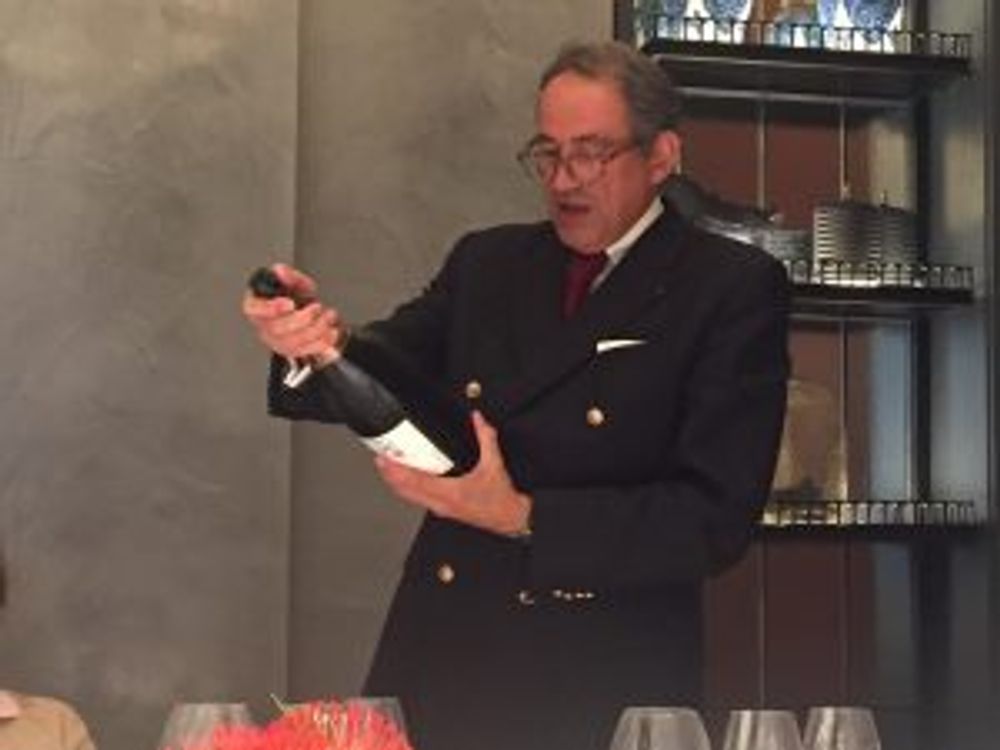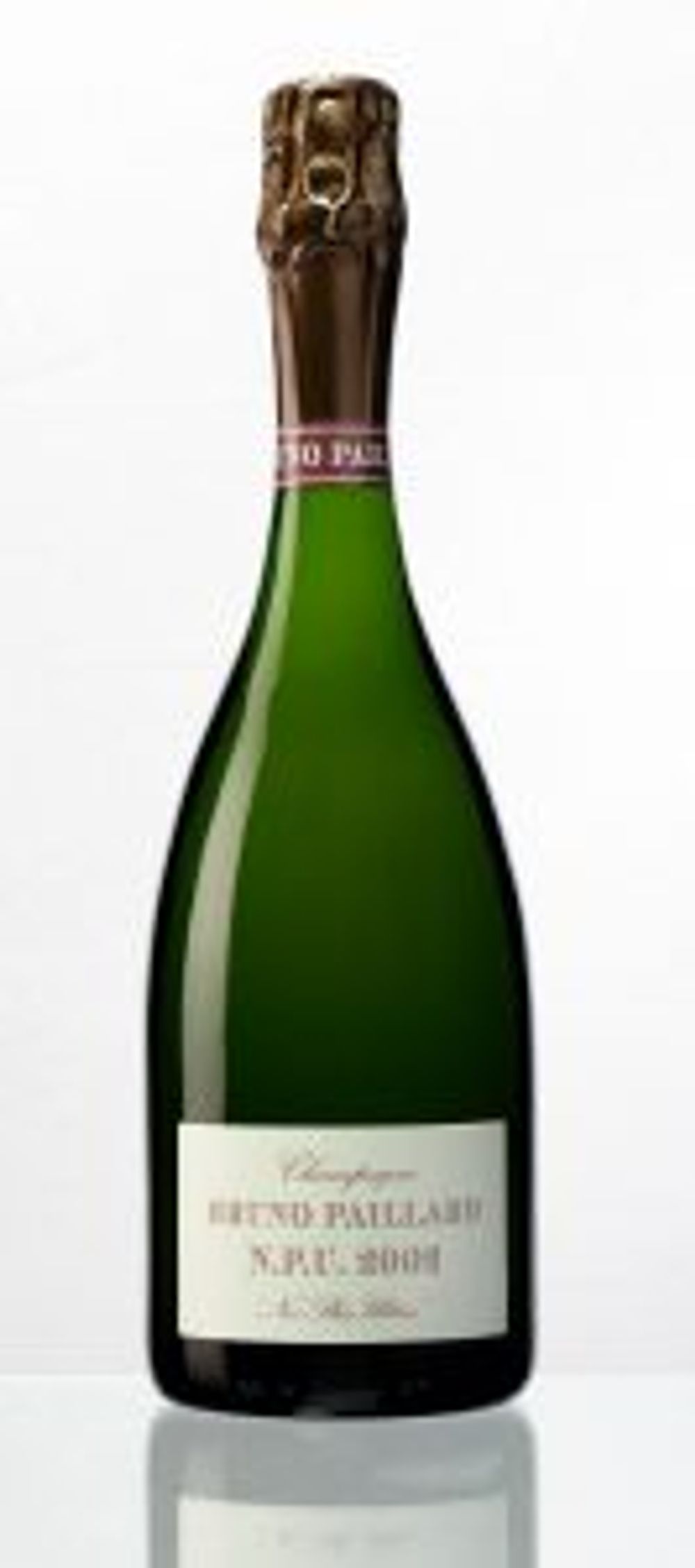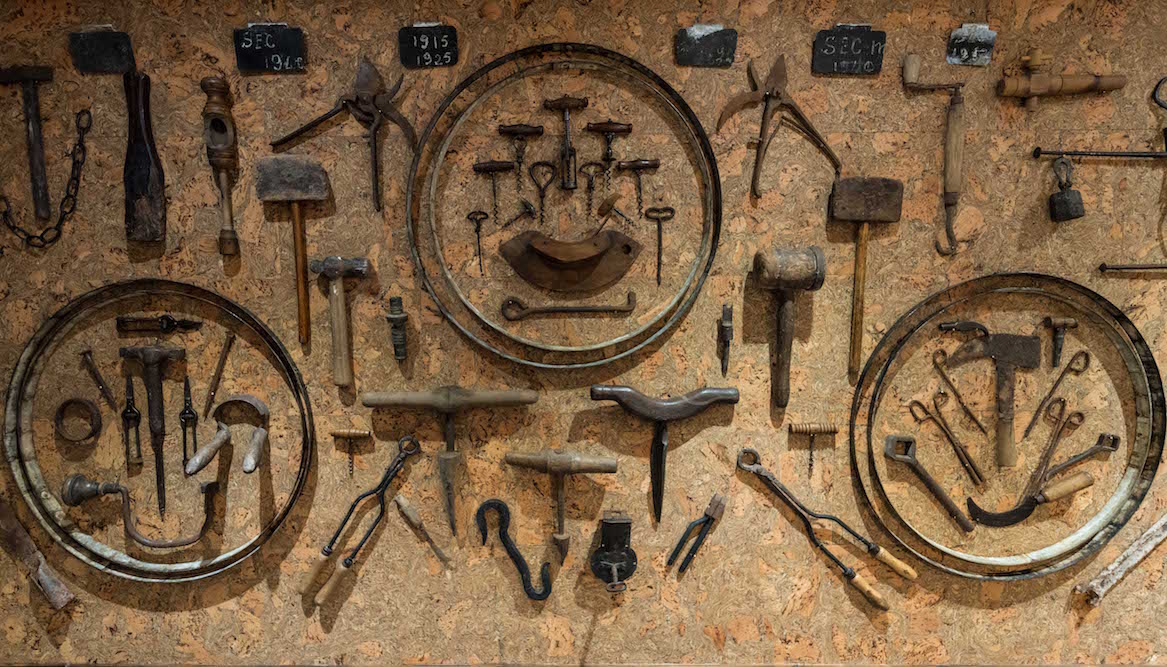2002 was a perfect year for Champagne and Bruno Paillard’s NPU 2002 is a prize-fighting wine… delicate, ethereal and long.
Last year I had surgery on my throat to remove a lump from my vocal cord (thankfully the growth was benign and not ‘nasty’ – language used by one of the consultants when it was first discovered, which I’ll be honest was a little blunt).
The trauma of surgery meant that I had to exercise complete vocal rest for 48 hours after going under the knife, no talking, no whispering, no use of the voice at all.
It’s amazing how well we can adapt our styles of communication when pressed and how useful a Peppa Pig Magna Doodle can be. That and hand gestures got me through (my wife and I were pretty well-versed at hand gestures before the operation anyway) until I could, tentatively at first, speak again.
This insistence from the surgeon that the trauma caused by a small but precise nick on my left vocal cord would be enough to render me speechless for two whole days got me thinking about a lunch and wine tasting I had attended a few weeks before to celebrate the launch of the Bruno Paillard’s NPU 2002 vintage Champagne.

Bruno Paillard launches the NPU 2002, London
At the time Paillard’s obsession with disgorgement and his instance that many Champagne makers treated this pivotal step with utter disregard was interesting and humorous but nothing to write home about.
It hit home a few weeks later when I was convalescing from the op and reading through my tasting notes and general notes from the lunch (between sketching a glass of wine on the pad of paper and waving it at my wife).
The quote that stood out from Paillard’s pre-lunch speech suddenly had a lot more weight to it. “Disgorgement is like surgery for the wine,” he enthused, “and it is brutal for the wine, so the wine needs time to rest to convalesce”
At the lunch he had described in great detail how the process of removing the spent yeast cells from the wine is traumatic and ‘brutal’, how you are essentially removing something from the wine, opening it up, poking around, then stitching it back up again.

How, he questioned, can you then sell this wine to your customers straight away? The wine needs time to find itself again… to recover. This, he continued, is even more acute for older wines, such as the 2002 vintage that was being released that day.
There’s a relationship between the length of time needed between disgorgement and release that depends on how old the wine is, he claimed; a young non-vintage wine recovers more quickly so can be released more quickly, and older wine needs a lot more time between ‘surgery’ and ‘full fitness’. This he likened to a child and an old man both having the same operation; the child recovers quickly, the old man takes much longer to get over the trauma.
It’s this theory that defines and dictates the style and processes of Bruno Paillard Champagnes, so important is disgorgement to Paillard that it features in two of his seven point demands for his top wines.
- Great vintage
- Grand Cru grapes only
- First press juice only
- Barrique fermented
- Minimum 10 years on lees in bottle before disgorgement
- Dosage must be 3 g/L
- Date of disgorgement must appear on the bottle
Paillard’s top wines are labelled NPU (Nec Plus Ultra, Latin for ‘nothing further beyond’) and the 2002 is the sixth vintage in this prestige cuvée range. Paillard himself describes his NPU wines as ‘the most demanding, the most absolute’ Champagnes he makes, hence the seven point demands for each cuvée.

This was thought to be the last release from the great 2002 vintage and the Champagne has spent 11 years on its lees and had three years to ‘rest’ after disgorgement (September 2014).
“2002 was a perfect year,” said Paillard, “and this is a great opportunity to review this great vintage.”
Champagne Bruno Paillard’s NPU 2002 (Bibendum)
Made from 50% Chardonnay and 50% Pinot Noir, the grapes were sourced exclusively from six of Champagne’s 17 Grand Cru vineyards: Oger, Le Mesnil-sur-Oger, Chouilly, Verzenay, Mailly and Bouzy. The wine was fermented in small oak barriques, where it spent its first 10 months prior to bottling. After secondary fermentation it spent 11 years on its lees before disgorgement in September 2014. With a dosage of 3 g/L it is Extra Brut.

Its golden hue is limpid and inviting; the nose is silky with lemon peel, marzipan and toast. Very generous on the palate with bread, honey and waffles, the sweetness of which offset a crunchy green apple acidity. Delicate, ethereal and long… a prize-fighting wine from one of Champagne’s great years.










































